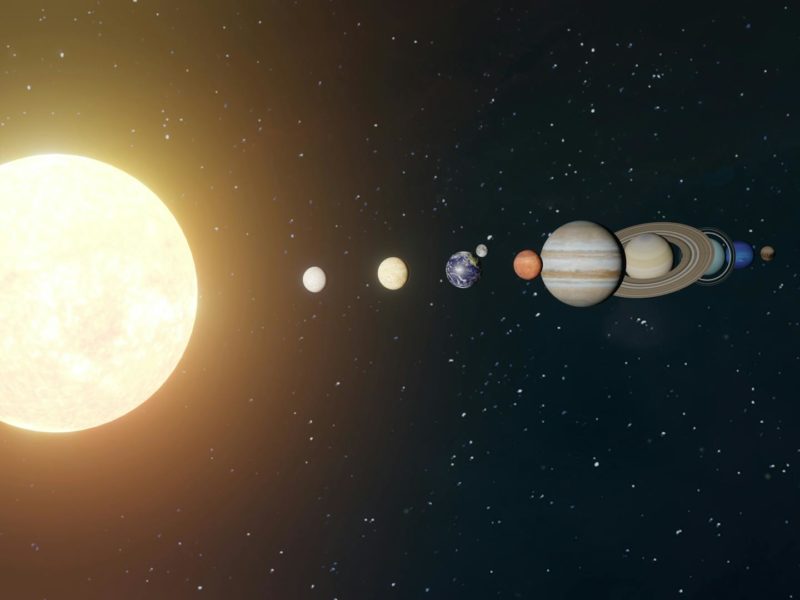
Witness the Celestial Spectacle: Six-Planet Alignment Next Week
Next week, stargazers and astronomy enthusiasts are in for a treat as a rare celestial event unfolds in the night sky. Six planets—Mercury, Venus, Mars, Jupiter, Saturn, and Uranus—will align in a spectacular parade, offering a breathtaking view to those fortunate enough to witness it.
What is Planetary Alignment?
Planetary alignment occurs when planets in our solar system appear to line up from our perspective on Earth. This phenomenon, while not implying that the planets are perfectly in a straight line in space, means that they will be located in the same general region of the sky. Such alignments are rare and can vary in the number of planets involved and the visibility from Earth.
The Six-Planet Parade
During the upcoming event, Mercury, Venus, Mars, Jupiter, Saturn, and Uranus will be visible in a single night. This alignment is particularly special due to the number of planets involved and their visibility across the sky.
1. Mercury – The closest planet to the Sun, often challenging to spot due to its proximity to our star. However, during this alignment, it will be visible just after sunset in the western sky.
2. Venus – Often called the “Evening Star” or “Morning Star,” Venus is the brightest planet and will be easily visible after sunset.
3. Mars – Known for its reddish hue, Mars will be visible in the eastern sky, adding a unique color to the celestial parade.
4. Jupiter – The largest planet in our solar system, Jupiter’s bright presence will be noticeable in the southeastern sky.
5. Saturn – With its magnificent rings, Saturn will be visible in the southern sky.
6. Uranus – Although it is often difficult to see without a telescope due to its distance, Uranus will be aligned and visible with binoculars or a small telescope.
When and How to Watch
The best time to view this alignment will be after sunset and before the sky gets too bright with dawn’s light. To maximize your viewing experience:
Find a Dark Sky:
Light pollution from cities can obscure your view. Try to find a dark location away from urban areas.
Use Binoculars or a Telescope:
While most of these planets will be visible to the naked eye, binoculars or a telescope can enhance your view, especially for Mercury and Uranus.
Check the Weather:
Clear skies are essential for viewing celestial events. Cloudy or rainy weather can obscure the view entirely.
The Science and Significance
Such alignments, while visually stunning, also hold scientific significance. They offer a unique opportunity for astronomers to study the planets in relation to each other and to the Sun. Additionally, these events inspire a sense of wonder and curiosity about our place in the cosmos, connecting us to the ancient traditions of sky-watching practiced by civilizations throughout history.
Conclusion
Next week’s six-planet alignment is a rare and magnificent event not to be missed. Whether you are an avid astronomer or a casual stargazer, this celestial parade offers a chance to witness a stunning display of our solar system’s beauty. So mark your calendars, prepare your viewing gear, and get ready to gaze upon the night sky as six planets come together in a remarkable alignment.

